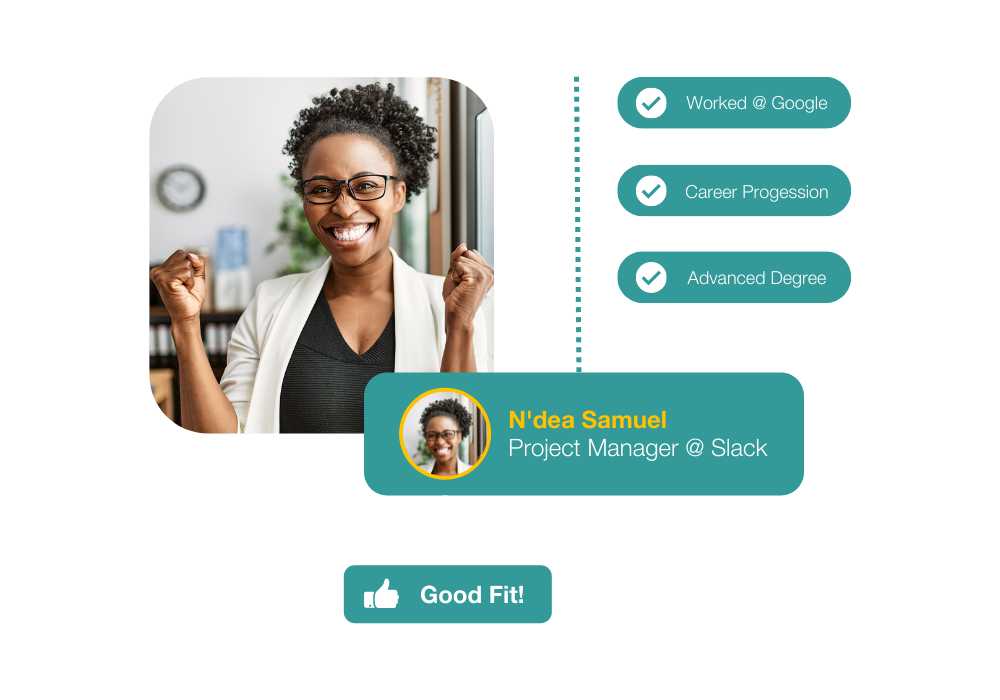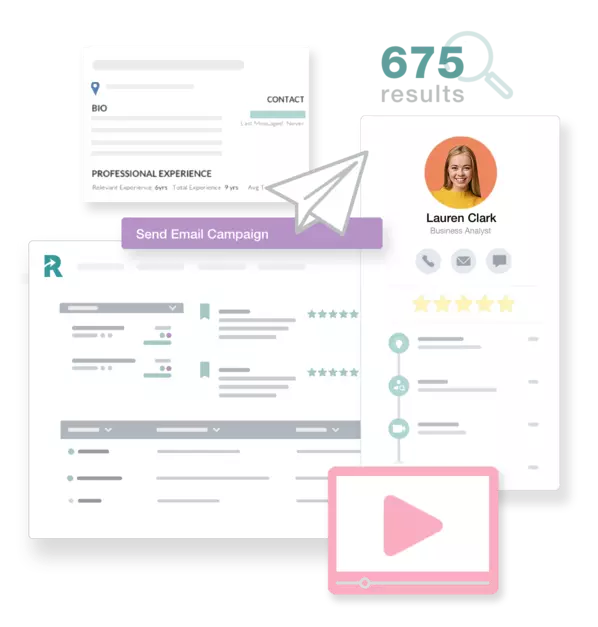Companies that employ a team of internal professional recruiters often designate that specific team within HR as the "talent acquisition" department. Talent acquisition, in its most modern iteration, involves strategic and executive level functions such as developing overall employee engagement, talent resourcing, succession planning, contingent labor management, on-boarding, retention, employment branding, and workforce optimization.
Talent acquisition is how organizations recruit and retain skilled employees. However, it encompasses more than general recruitment because it targets candidates that have specific skills and experience. It also does more than fill vacancies; it creates a talent pool that will help the growth of the organization. In some cases, it goes beyond the hiring phase to career development and retention of employees.
Human Resources departments are somewhat involved in acquisition and recruitment, but in most large enterprises, talent acquisition has developed into a specialized field. Some organizations have even set up talent departments that are separate from their human resources departments. Other organizations hire outside firms to help with the acquisition and/or consult with RPO providers and workforce optimization experts.
It is important to be purposeful in acquiring talented employees because resources are wasted in recruiting and training an individual that does not have the necessary skills to perform a job proficiently. Having a high turnover rate also causes a destabilization of the flow of work for other employees and leads to their dissatisfaction. In addition, just filling vacancies will keep the organization functioning at its current productivity; but adding talent can help the organization to grow in productivity. Gaining talented employees gives organizations a competitive edge by keeping them from working with rival organizations.
Talent acquisition can be done within the organization with the help of recruiting software or outside the organization with the help of a recruitment firm or headhunter. The process involves some of the following tasks: tracking applicants, developing recruitment strategies, gathering and analyzing data, identifying talent needs, posting jobs, handling job requests, recruiting through social media, tracking hiring trends, managing the procurement of independent contractor labor, and mapping future talent and resource needs. These are just a few of the areas that are involved in acquiring talent within an organization.




